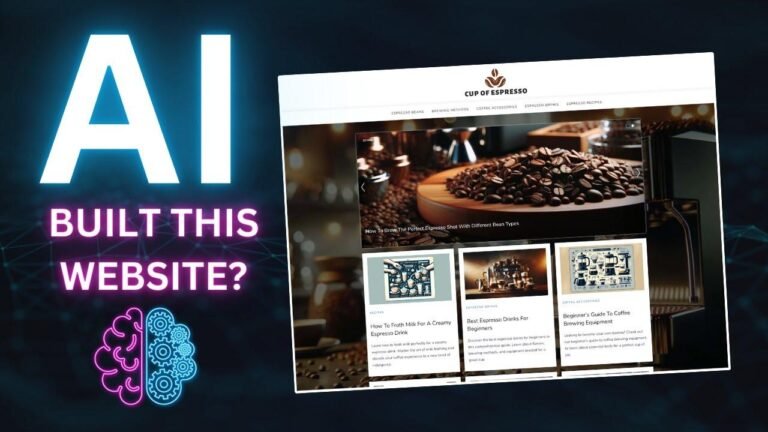- Creating dynamic custom meta fields in WordPress with Elementor & ACF is like cooking a perfect recipe.
- Just like choosing the right ingredients, you need to add ACF fields, install font awesome, and use dynamic post settings in Elementor to make it pop.
- It’s a flavorful mix of ACF, Elementor, and some custom CSS seasoning. 🍳🔥
Creating Dynamic Custom Meta Fields using ACF and Elementor
In this article, we will explore how to create dynamic custom meta fields for our blog posts using ACF and Elementor. While this tutorial is being offered for free, you can also check out the accompanying video on YouTube for a detailed walkthrough. Keep in mind that you will need Elementor Pro to make the most of this tutorial.
Setting Up ACF Plugin
Once you have installed and activated the ACF plugin, navigate to the "Field Group" option and proceed to create a new field group. Here, you can define the type of field you want to add, such as a radio button for a "Recipe Type" custom meta field. This will allow you to categorize your posts based on specific criteria.
| Field Label | Field Name | Field Type | Options |
|---|---|---|---|
| Recipe Type | recipe_type | Radio Button | Vegan, Non-Vegetarian |
Note: Ensure to specify the conditions under which this field group should be displayed, such as being specific to certain post categories.
Customizing ACF Fields with Font Awesome Icons
To enhance the visual appeal of our custom meta fields, we can incorporate Font Awesome icons into the ACF fields. By activating the "Advanced Custom Fields Font Awesome" plugin, you can seamlessly integrate custom icons as per your requirements.
| Field Label | Field Name | Field Type | Options |
|---|---|---|---|
| Recipe Type | recipe_type | Radio Button | Vegan , Non-Vegetarian |
Implementing Dynamic Meta Fields with Elementor
After setting up the ACF fields, we can proceed to incorporate these dynamic meta fields into our posts using Elementor’s Theme Builder. By leveraging the Dynamic Content feature, you can effortlessly link the custom meta fields to display unique content on each post.
| Field Type | Dynamic Setting |
|---|---|
| Text Editor | ACF Content: Recipe Type |
| Image | ACF Image Field |
| … |
Enhancing the Appearance with Custom CSS
In addition to adding dynamic content, you can further customize the appearance of your posts by applying custom CSS to the ACF fields. This allows you to define specific styles and colors for each meta field, ensuring consistency across your content.
| Code Snippet |
|---|
| .recipe_type { color: #ff0000; } |
| .vegan_recipe { color: #008000; } |
| … |
Creating a Dynamic Post Layout
By incorporating the ACF fields and customizing the appearance, you can then create a dynamic post layout using Elementor’s Loop Grid feature. This enables you to showcase the custom meta fields and their corresponding content in a visually appealing manner.
Note: Remember to update your posts after making changes to see the applied modifications.
Conclusion
In conclusion, integrating dynamic custom meta fields using ACF and Elementor can significantly enhance the visual appeal and functionality of your WordPress posts. By leveraging these powerful tools, you can create engaging and visually captivating content for your audience.
Support the author by using the provided Donate or Subscribe button.
Key Takeaways:
- ACF and Elementor can be used to create dynamic custom meta fields.
- Font Awesome icons can be integrated into ACF fields for visual enhancement.
- Custom CSS can be applied to ACF fields for personalized styling.
- Elementor’s Dynamic Content feature allows for the inclusion of dynamic meta fields.
FAQ
Q: Can I use other plugins besides Elementor Pro for this tutorial?
A: While Elementor Pro is recommended, other plugins with similar functionalities can also be explored for dynamic field integration.
Q: Can I customize the appearance of the dynamic meta fields further?
A: Yes, you can apply custom CSS to the ACF fields to align with your desired visual aesthetics.






